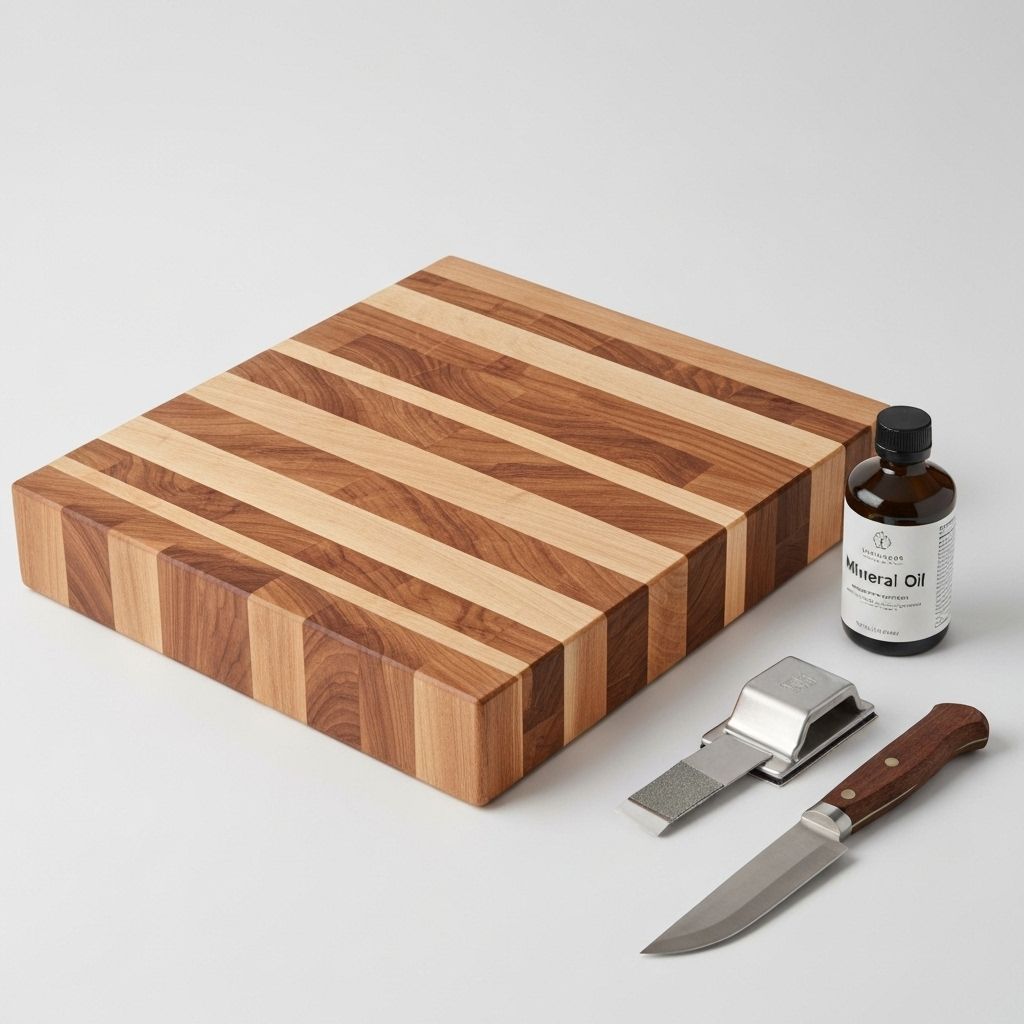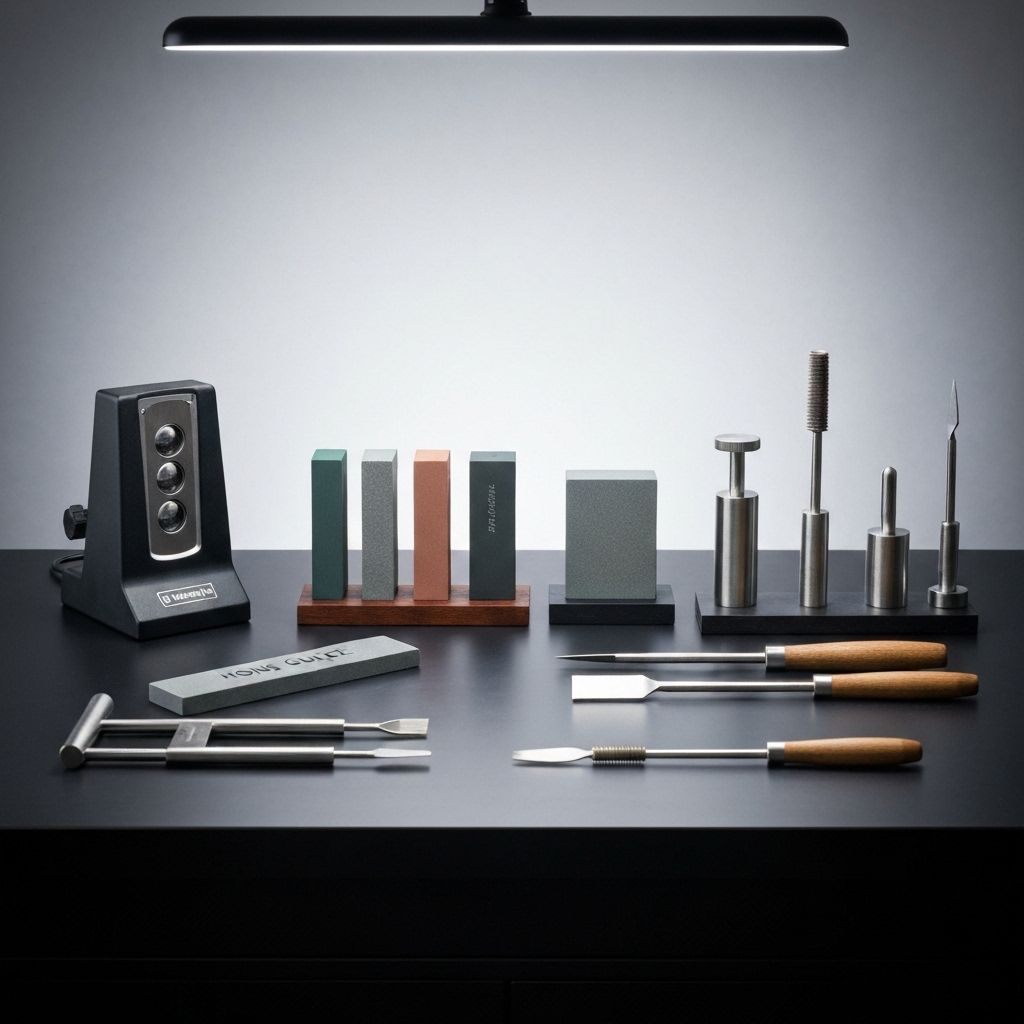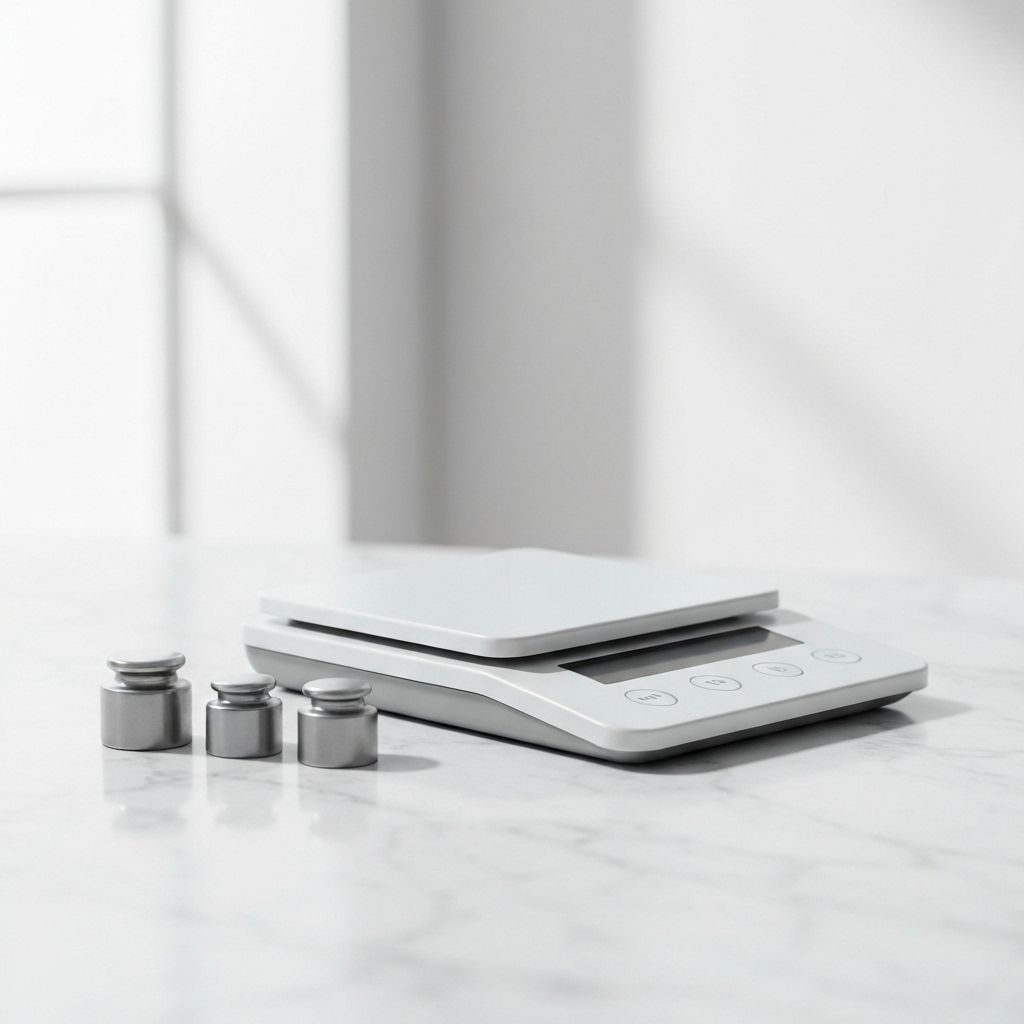Cutting Surface Science: Selecting and Maintaining the Ideal Work Surface
Learn how cutting board material affects knife edge retention and food safety, plus proper maintenance protocols.
- Answer the main question in one sentence.
- Give the best pick and why in one line.
- Link to the product or guide for next step.

Cutting board selection significantly impacts both knife longevity and food safety. Material hardness, measured on the Janka scale, determines how quickly boards dull knife edges.
End-grain wood boards, constructed with grain fibers oriented vertically, allow knife edges to pass between fibers rather than cutting through them. This self-healing property preserves edge sharpness while the board's surface remains smooth. Maple and walnut, with Janka ratings of 1450 and 1010 respectively, offer ideal hardness.
Plastic boards provide advantages for raw protein preparation. Their non-porous surface resists bacterial penetration, and dishwasher compatibility enables high-temperature sanitization. However, plastic's hardness (Shore D 70-80) dulls knives faster than wood.
Maintenance protocols differ by material. Wood boards require monthly oiling with food-grade mineral oil to prevent drying and cracking. Apply oil liberally, allow 6-hour absorption, then wipe excess. Never submerge wood boards or use harsh detergents.
Sanitization requires different approaches. Wood boards benefit from salt scrubs followed by lemon juice application—the combination creates an acidic environment hostile to bacteria. Plastic boards should be dishwasher-sanitized at 65°C minimum.
Replace boards when deep grooves develop. These crevices harbor bacteria resistant to surface cleaning, compromising food safety regardless of material type.
// RELATED_ARTICLES

Precision Maintenance: Caring for Your High-Carbon Steel Knives
A comprehensive guide to maintaining the performance and appearance of your precision cutlery.

Maintaining Precision: Scale Calibration and Care Protocols
Ensure your precision instruments maintain laboratory-grade accuracy with proper calibration and maintenance.